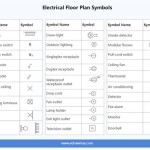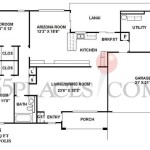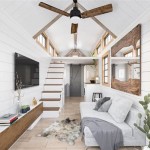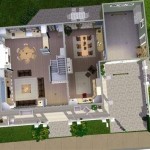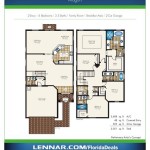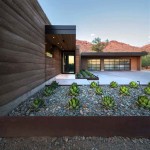Essential Aspects of Small Houses Design Plans
In an era characterized by rising land costs and growing concerns about resource conservation, small houses have emerged as a sustainable and cost-effective alternative to traditional dwellings. With careful planning and thoughtful design, even the most modest-sized house can offer all the comforts and conveniences of a larger home. Here are some essential aspects to consider when creating small houses design plans:
Layout and Space Planning:
The layout of a small house should maximize space utilization and create a sense of spaciousness. Open floor plans with minimal walls and partitions allow for seamless flow of light and air, making rooms feel larger. Built-in storage solutions, such as closets, shelves, and drawers, can keep clutter at bay and free up floor space. Multi-functional areas that serve multiple purposes, such as a living room that doubles as a dining area, can also increase usability.
Natural Lighting and Ventilation:
Natural light not only brightens up a space but also reduces energy consumption. Incorporate large windows, skylights, and glass doors into the design to allow for ample daylighting. Cross-ventilation systems, such as strategically placed windows and vents, promote air circulation and create a comfortable indoor environment while minimizing the need for artificial lighting and cooling.
Energy Efficiency and Sustainability:
Small houses can be designed to be highly energy-efficient, reducing utility bills and minimizing environmental impact. Consider using energy-efficient appliances, LED lighting, and high-performance insulation to reduce energy consumption. Passive solar design principles, such as orientation to maximize sunlight exposure and thermal mass to absorb and release heat, can further enhance energy efficiency.
Storage Solutions and Organization:
In a small house, every inch of space counts. Built-in storage solutions, such as closets, shelves, and drawers, are crucial for maximizing storage space without compromising on aesthetics. Consider vertical storage options, such as wall-mounted shelves and stackable bins, to optimize vertical space. Multi-purpose furniture, such as ottomans with built-in storage, can serve multiple functions and save space.
Aesthetics and Personal Style:
While functionality is essential, aesthetics should not be overlooked in small houses design plans. Choose a design style that reflects your taste and creates a welcoming and comfortable living space. Neutral color palettes and natural materials can create a sense of spaciousness, while bold accents and statement pieces can add personality. Pay attention to details such as lighting fixtures, hardware, and textiles to enhance the overall visual appeal.
Outdoor Living Space:
Even in small houses, outdoor living space can significantly enhance the overall quality of life. Consider incorporating a patio, deck, or balcony into the design to create a seamless connection between indoor and outdoor areas. Outdoor furniture and landscaping can create an inviting space for relaxation, dining, and entertaining guests.
Professional Assistance:
While it is possible to design a small house on your own, consulting with an experienced architect or designer can lead to a more optimized and well-executed plan. Professionals can help you navigate building codes, incorporate sustainable design principles, and create a space that meets your specific needs and aspirations.

Small House Design Ideas 3x8 Meters No5 A 2 Bedrooms 1 Toilet And Bath Tiny Plans

18 Small House Designs With Floor Plans And Decors Construction Plan Architectural Design

Small House Plan Examples

18 Small House Designs With Floor Plans And Decors

Small House Design 2024005 Pinoy Eplans Modern Plans Floor

15 Budget Friendly Tiny House Plans For Maximum Space And Comfort

10 Best Small House Plan From Tm Designs

Small House Design Simple Plans 2 Bedroom

Tiny House Floor Plans With Lower Level Beds Tinyhousedesign

10 More Small Simple And House Plans Blog Eplans Com

